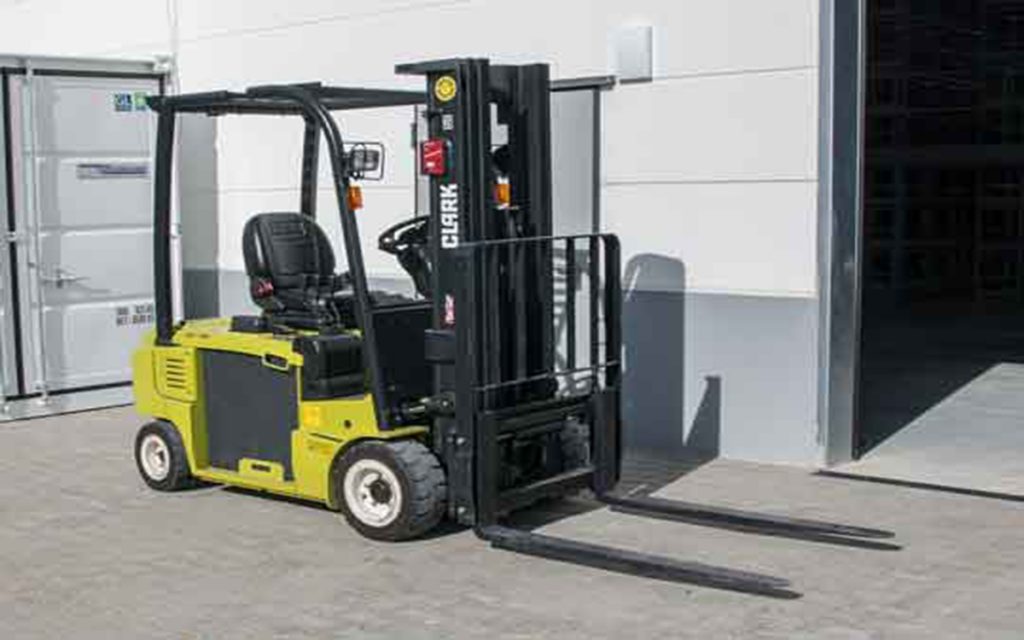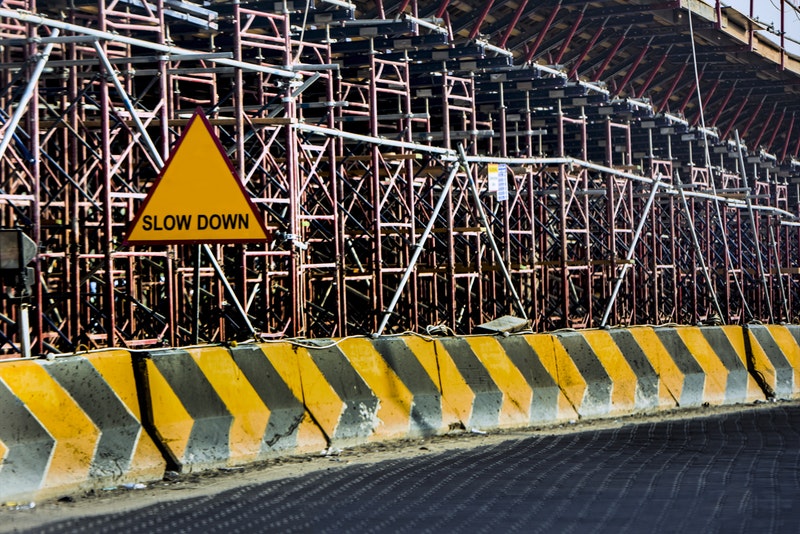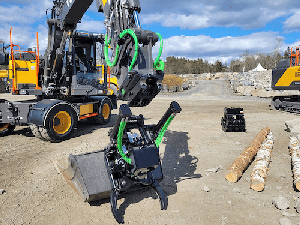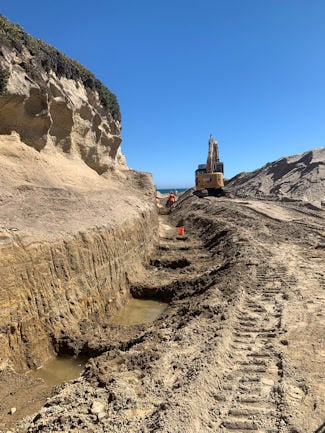Forklift Philippines: Safety Tips to Remember | Forks for Excavator

5 Safety Tips When Using a Forklift in the Philippines
March 20, 2018
What are the safety tips to follow when using a forklift in the Philippines?
1. Perform an inspection before operating.
2. Wear the appropriate clothing.
3. Operate at a safe speed and maneuver carefully.
4. Mind the load.
5. Know the environment and avoid hazards.
Cranes, mixers, excavators, and forklifts in the Philippines are a common sight, especially in highly urbanized areas. They are vital to the construction of large structures and infrastructures. Equally important are the materials used in the construction, and how properly they are transported.
For this matter, forklifts are extremely useful. They are built to carry heavy loads from one place to another, and they get the job done pretty nicely.
Forklifts aren’t as huge as the other types of heavy construction equipment, but safety precautions must be carefully followed just as much. They are still considered as a heavy machinery and are as capable of causing damage and casualties as much as the other equipment in the construction site.
Before anything else, make sure that the operator is trained and qualified to operate forklifts because, as with any other piece of heavy construction equipment, there are guidelines that apply specifically to forklifts.
Here are some safety tips that you should follow when operating forklifts in the Philippines.
Perform an inspection before operating
If there is one important rule that applies to all kinds of heavy machinery, it is that an inspection is strictly required before operating one. The way forklifts work may appear rather simple, but they are comprised of complex components that must work perfectly fine; otherwise, the equipment could malfunction.
The person performing the inspection must have a checklist to refer to, and an in-depth knowledge of everything about a forklift—from the complete list of parts to how every individual component is supposed to work and affect the other ones.
Overlooking even a single thing that’s out of place can result in a problem that can be complicated to fix.

Wear the Appropriate Clothing
Just because forklifts are usually operated indoors and are smaller than other equipment doesn’t mean that wearing safety equipment isn’t necessary when operating one. Whether it’s in a warehouse or a high-profile construction area, the proper clothing must be worn before starting operation.
Helmets
In the event that something goes wrong, a helmet can save your life. Aside from protecting your head from falling debris, it can also shield your skull from damage from trauma in the event that the forklifts fall over.
Reflective Vests
A reflective vest can be the difference between safety and an accident, especially when operating in dim lighting conditions. It will easily be able to tell other workers where you are.
Gloves
An operator’s hands are his primary tools, and gloves are there to protect them from different hazards. They protect from cuts, bruises, and burns, all of which are possible in the workplace and are capable of permanently damaging the hands of an operator.
Boots
Safety boots are heavy and slow you down, but they can effectively protect the operator’s feet. They are designed for construction sites and eliminates the risk of slipping.
By wearing all the safety equipment, the hazards that come with the job are significantly lessened, and can even save the operator’s life.
Operate at the Safe Speed and Maneuver Carefully
Forklifts are slow machines, even at their top speed. They’re meant to work that way.
Still, depending on the load they’re carrying, forklifts should be operated at a safe speed. You should never operate past the speed limit—one unit past it might cause the forklift to suddenly drop the load or lean forward.
It should also be noted that the forklift steers from the rear wheels—extra care should be taken when maneuvering one. Turning and changing direction has an increased risk as compared to when operating other heavy equipment because of the danger of tipping.
When stopping the forklift, avoid suddenly hitting the brakes. Instead, apply very light pressure on the brakes until the forklift comes to a full stop to avoid dropping the load.
Mind the Load
The weight of the forklift’s load determines how difficult it’s going to be operated. A heavier load will naturally cause it to be slower, so the operator must know how heavy the load is so he could adjust the speed accordingly.
The load must also be evenly distributed and stable. It can be tied to the forklift with ropes if necessary. If carrying stacked objects, they must be correctly stacked and positioned equally between the two forks.

Know the Environment and Avoid Hazards
The environment should be observed before operating forklifts, because it can drastically affect how the forklift works.
Bumps and uneven or slippery surfaces should be avoided at all costs, as well as objects on the ground. They can cause anything from dropping the load to tipping the forklift over.
Also, use the horn when there are people nearby. This will alert them they can get in your way and should stay further away.
Key Takeaway
Forklifts are slower and smaller compared to other heavy equipment, but because of the way they work, they are more prone to environmental factors and accidents.
The person to operate the forklift must be completely knowledgeable about how it works, and must carefully follow all safety guidelines from inspection to the end of an operation.



